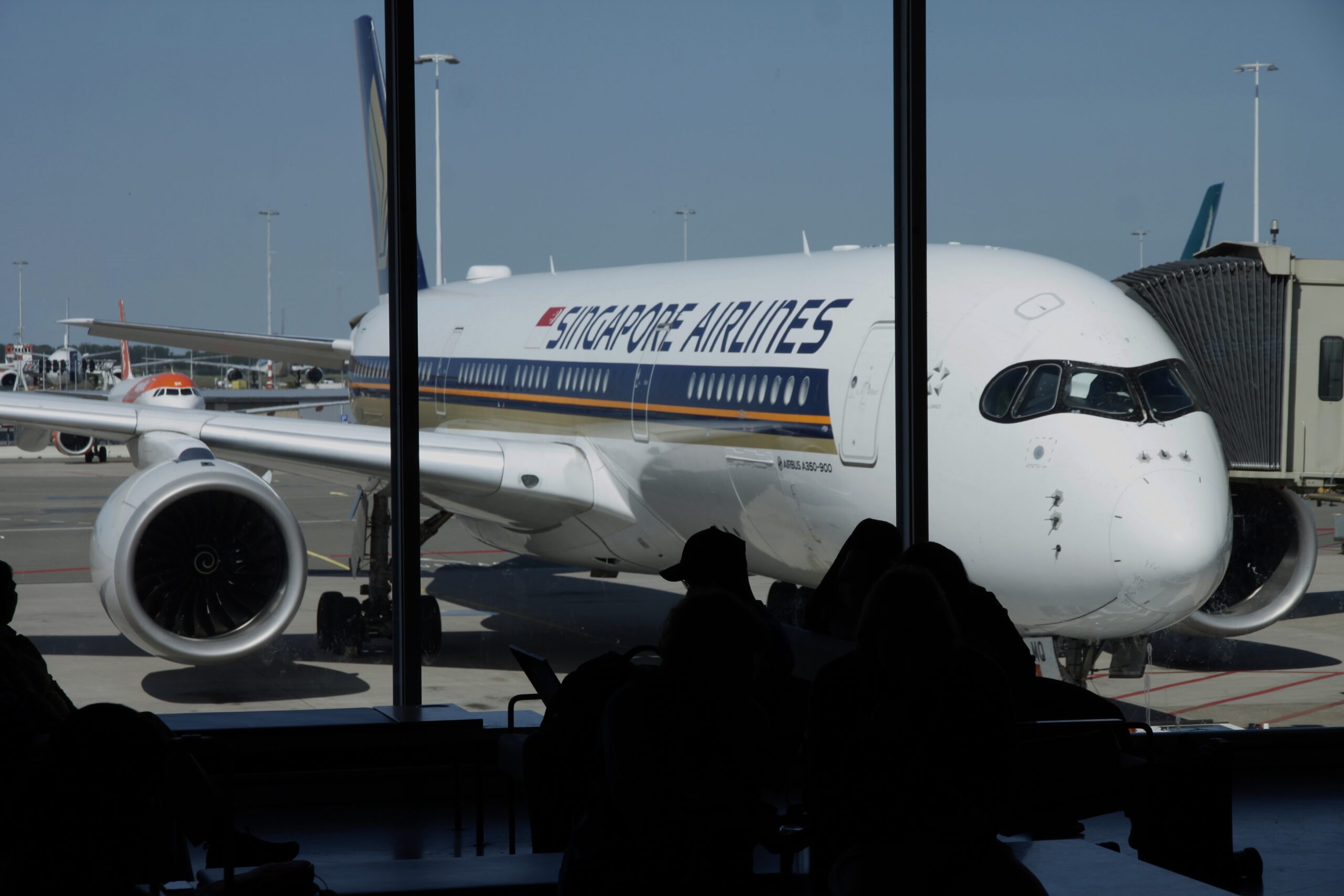
MG 8496 scaled
Singapore Airlines continues to surprise itself with ever-higher quarterly results. After a sequence of very strong months that produced a record-high profit in FY2022-2023, the carrier kicked off FY2023-2024 with another record in Q1. Demand is expected to remain robust, although SIA is counting on competition to intensify, notably on international routes. Record results keep coming in at Singapore Airlines.
Singapore Airlines and its subsidiary Scoot produced a $734 million net profit in the April-June quarter, compared to $370.4 million last year. “This was mainly attributable to the better operating performance (+$199 million), a net interest income versus a net finance charge last year (+$144 million), and a share of profits versus a share of losses of associated companies last year (+$81 million), and partially offset by this year’s higher tax expense (-$62 million),” the company says in its earnings release.
Revenues ended at $4.479 billion, up from $3.928 billion. Expenses increased to $3.725 billion from $3.372 billion, although fuel costs were down by 21.8 percent to $1.154 billion. The group gained $101 million from fuel hedging, but this was half of last year’s hedging benefit. The operating profit was $754.5 million versus $556.4 million.
Parent airline Singapore Airlines carried 5.5 million passenger at an 88.1 percent load factor. Capacity as in available seat kilometers (ASK) grew 24.8 percent to 29.4 million. Revenues per available seat kilometer (RASK) were up by 3.9 percent to 10.6 cents. The airlines served 74 destinations and will increase frequencies to Japan and Thailand in the upcoming winter season. Seasonal services will be added between November and January to Australia and New Zealand.
Scoot carried three million passengers, up 135.5 percent year on year. The load factor reached 91.7 percent. As air travel in Southeast Asia and China recovered, the airline grew capacity/ASK by 66.4 percent to 8.7 million. RASK was up 16.7 percent to 6.3 cents. Until late June, Scoot operated to fourteen destinations in China but has since then added two more in July, with another destination to follow in August.
Singapore Cargo carried 10.6 percent less cargo year on year, or 214 million kilograms. Capacity was up 12.1 percent to 2.3 million tonnes, thanks to more belly capacity on passenger flights. Yields were down 44.3 percent to 44.6 cents but are still above pre-Covid levels.
Waiting for India
Singapore Airlines is still awaiting approval of the proposed merger between its Indian subsidiary Vistara and Air India, which is owned by Tata Group. Likewise, SIA and Scoot have not been cleared to restructure their services to Hyderabad, Bengaluru, and Chennai from late October. This will see Singapore Airlines increase frequencies to Hyderabad and Chennai, while at the same time, Scoot takes over some services from the parent airline to Chennai and vice versa on the Hyderabad route.
SIA Group is still not back at pre-pandemic levels and expects to need another eight months until March 2024 before it gets to ninety percent of 2019 capacity. Demand is expected to “remain robust for all route regions through the summer peak, with forward passenger bookings closely tracking capacity injection across most markets over the next three months.”
But the carrier is expecting competition to intensify in the coming months as other airlines in the region and from elsewhere inject more capacity into international routes. “The Group will monitor these trends closely, and adjust its capacity and network accordingly.”
SIA Group ended the quarter with an equity position of $17.2 billion, down $2.7 billion over March after it redeemed $3.4 billion in June of the Mandatory Convertible Bonds that the airline received during the Covid crisis in 2021. Cash and bank balances stood at $13.8 billion, with debt at $14.7 billion. The group still has $2.2 billion in credit lines available.
Singapore Airlines operated 137 passengers aircraft and seven freighters until the end of June, Scoot 55. SIA took delivery on one Airbus A350-900, two Boeing 787-10s, and a MAX 8 during the period. The group has 28 Airbus aircraft on order (three A350s, 12 A320neos, six A321neos, seven A350Fs), 62 Boeings (31 777-9s, 18 787s, 13 737-8s), and nine Embraer E190-E2s that are leased from Azorra.
Views: 4



